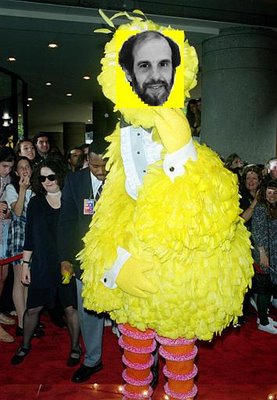Viewing posts from November, 2016
Happy Thanksgiving 2016
Posted by: M P in Hypergeometrical Universe 7 years, 8 months ago
 Happy ThanksGiving,
Happy ThanksGiving,
In the past few days, I provided a rebuttal to the Helyon Peer Review.
Second Peer Review - 3
Posted by: magnunPI in Hypergeometrical Universe 7 years, 8 months ago
But putting all of that aside, I will take a narrow view of the manuscript. It proposes a distance(redshift) relation, and we can quantitatively see how well this matches the data. The proper way to do this is not by making plots, it is to compute chi^2 values from the distance moduli (mu) and covariance matrix in Union2.1:
chi^2 = (mu_observed - M - mu_theory)^T . (covariance matrix^-1) . (mu_observed - M - mu_theory)
where M is a constant that can be fit (the host-mass relation can also be fit, but failing to do so won’t affect the results much). After computing chi^2 values for LambdaCDM and HU, you can see if HU is favored or disfavored by the data compared to LambdaCDM. By my eye, HU is significantly worse, but the chi^2 values will say for sure.
Second Peer Review - 2
Posted by: magnunPI in Hypergeometrical Universe 7 years, 8 months ago
I’m also skeptical that the luminosity of a SN Ia if G were different would scale as G^-3 (or M_ch^2).
Second Peer Review - 1
Posted by: magnunPI in Hypergeometrical Universe 7 years, 8 months ago
This manuscript presents the predicted luminosity distance in the Hypergeometrical Universe (HU) model and compares against the Union supernova compilation. Unfortunately, I do not believe that it is suitable for publication. I detail (only the major) issues below.
First Peer Review - 9
Posted by: magnunPI in Hypergeometrical Universe 7 years, 8 months ago
So overall, I am not convinced that the author has properly calculated the actual impact of the geometry of the universe that he proposes. Since he is not modifying physics in a fundamental way, but only the geometry (which is arguably the appeal of his model), many experiments in physics can be reinterpreted in terms of this new setup. As far as I can tell, they would not allow the set up to be possible. Thus unless the author can convincingly prove that the standard well known local physics is not modified in his setup, it is premature to try to calculate the impact on cosmology.
Recent Posts
- Big Bang or Many Bangs..:)
- The Universe Always Ring Ten Times..:)
- Das Klingerln des Universums
- The Flying Orchestra
- How did I correct Newton's and Gauss' Laws
Archive
2017
2016
2015
2014
2013
2012
2011
2010
2009
2008
- December (5)
- November (4)
- October (13)
- September (7)
- August (5)
- July (6)
- June (5)
- May (5)
- April (7)
- March (6)
- February (7)
- January (5)
2007
- December (4)
- November (13)
- October (10)
- September (3)
- August (24)
- July (12)
- June (2)
- May (1)
- March (4)
- February (12)
- January (4)
2006
Categories
- Brian Greene (1)
- Censorship (8)
- Coherent Nuclear Fusion (1)
- Erik Anson (3)
- Hypergeometrical Universe (290)
- Kip Thorne (1)
- Lawrence M. Krauss (1)
- Max Tegmark (1)
- Michio Kaku (2)
- Neil deGrasse Tyson (1)
- Paul Ginsparg (1)
- Science News (2)
- Sheldon Glashow (1)
- The Undiscovered Continent (1)